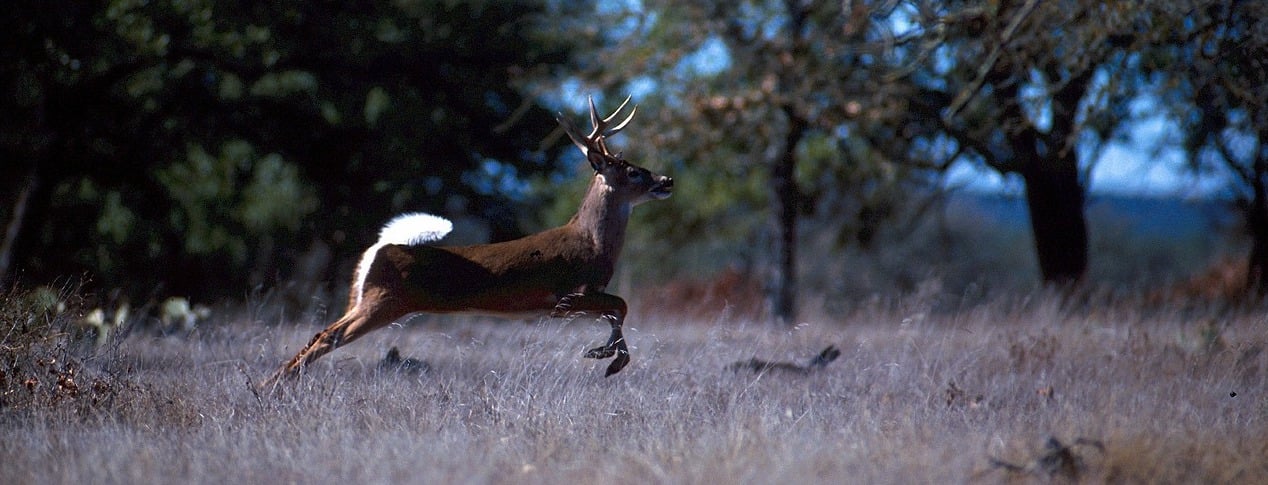There is no question that white-tailed deer are among the most valuable wildlife species in North America. The hunting of white-tailed deer provides billions of dollars of ecotourism funds from leases, hotel fees, restaurants, fuel stations, meat processing, and taxidermy.
Plus, money spent by hunters on licenses, weapons, field gear, and ammunition fund conservation efforts for numerous species through federal excise taxes. Additionally, venison is one of the most abundant sources of bushmeat in America, feeding millions of hunters and their families annually.
Deer hunting traditions run deep, and with proper management, will continue to for many generations to come.

Is Your White-tailed Deer Population Healthy?
White-tailed deer are generalists in nature and can thrive in various habitats and conditions. It is impossible to truly census wild deer populations, so biologists will sample deer herds and estimate population variables.
There are many ways to manage deer herds for many different reasons, but the main management tool for deer herds is population structure control. You cannot develop proper management strategies without reliable estimations of population variables, including sex ratios, age composition, fawn production and survival, and population size. This is where having annual surveys of deer herds under your management really pays off. Additionally, surveying over multiple years will help you gauge the effectiveness of management actions over time.
Deer Surveys Can Indicate Ecosystem Stability and Health
Is your goal to have more deer? Would you prefer less deer? Are you interested in producing monster bucks? Without basic knowledge of the deer herds you're managing, it is unlikely your management plan will deliver your desired results.
Data from daily observations and game cameras on feeders is very limited and should not be the basis for management strategies. Data derived from properly conducted surveys can tell you more than just deer population variables.
For instance, if your doe to fawn ratios are alarmingly low, it can indicate your does are in poor condition and would benefit from habitat restoration. It could also indicate your land has an overabundance of predators that have thinned your fawn population.

Specific management recommendations that will steer your deer herds towards your goals can only be made with an understanding of the current conditions on your land. This could include surveying available browse, mast production, fawning cover, and predator populations.
Poorly Collected Data Can Return Poor Management Strategies
Land managers and owners can conduct surveys if they are willing to do the research and adhere to strict sampling protocols. However, I caution against collecting such data unless you are certain your methods will provide unbiased results. Basing management strategies on poorly collected data can be detrimental to deer herds and lands
Most state game agencies will provide excellent information and guidance on how to collect and interpret data from your land. Just remember, it can be hard to schedule appointments during the sampling season (August-October) when state biologists are spread quite thin.



